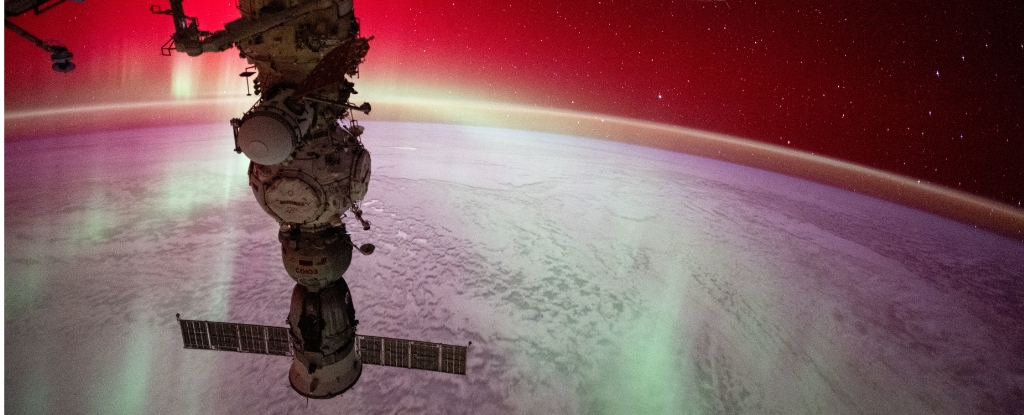– Enceladus is an ocean moon of Saturn that shows potential to support life due to its subsurface ocean and hydrothermal vents.
– Cassini mission data from 2004-2017 found Enceladus has a global subsurface ocean of liquid water beneath its icy crust. Geysers emit ice grains and sample the ocean composition.

– The ocean contains key ingredients for life like salt, carbon-based organic compounds, and a source of chemical energy from tidal heating. Phosphate, vital for life, was also detected in 2023.
– Future missions aim to detect potential microbial life in ice grains from the ocean. A 2024 study found mass spectrometers could identify bacterial cells or organic signatures from as little as 0.01% of a cell contained in an ice grain.

– NASA and ESA are developing new instruments for potential Enceladus missions, with Enceladus a top target. Europa’s ocean moon is also of high interest. Understanding signatures in ice grains will inform exploration of ocean worlds.
Source: theconversation









